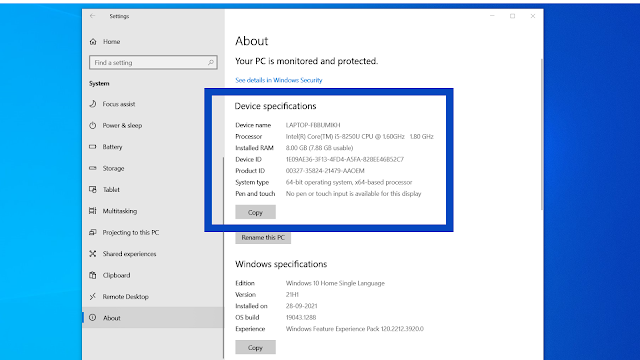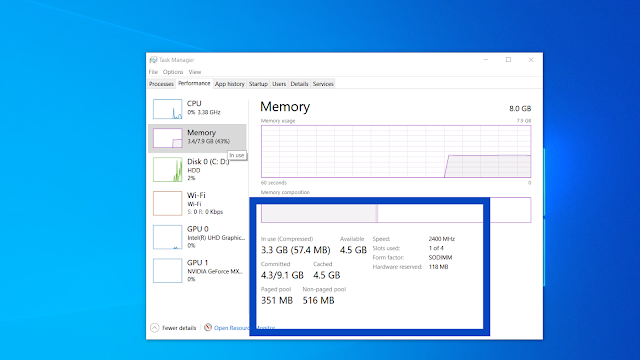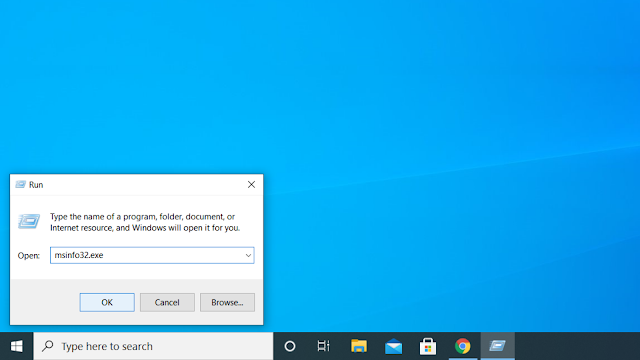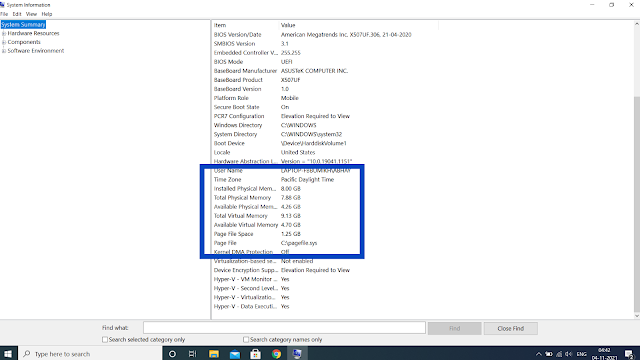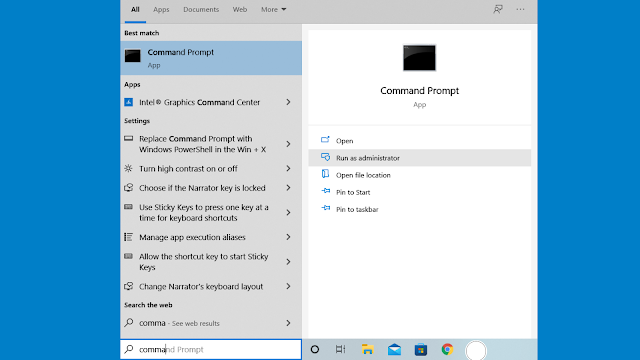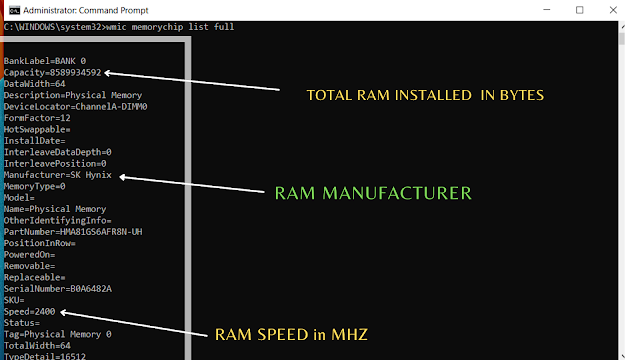Random Access Memory (RAM) is a type of memory that can be randomly accessed at any time. The access time of data in memory is independent of the address but this memory is volatile in nature which means all the data on the RAM while your PC is running will get erased once the system gets shut down.
In simple words, RAMs are used to store temporary data of all the programs while your PC is running. So, in case if you are using multiple programs such as browsing the internet with multiple tabs open in the background, working on Word documents, listening to music, etc.. all at the same time without refreshing [same working window]
It helps to store the data in the memory and gives you access whenever you want to open it. Therefore it helps in multitasking and also helps in improving the performance of your laptop/PC.
Basically, there are two types of Ram modulus DRAM (Dynamic Random Access Memory) and SRAM (static random memory access). The basic difference between them is that DRAM ram modules refresh again and again in order to maintain their content whereas SRAM modules maintain their content and don't need frequent refreshing.
Therefore, DRAM modules are slow in performance compared to the SRAM modules and are also less expensive than SRAM'S.
We all know that whether you use mobile phones or computers; RAM is the most essential internal hardware to run the operating system and process data without which, you cannot even boot your system/device.
How to Check Ram in Windows 10?
There are four easy ways to check installed Ram in Windows 10 without using any third-party software.
If you want to find out, how much RAM is installed on your computer, the number of Ram slots used and available, speed of the RAM, type of Ram installed on the motherboard then we have listed all the possible approaches using which you can do so.
If you want to learn how to check the ram of your PC, just follow the step-by-step guide given below.
APPROACH 1 # Checking Ram using Windows Settings:
Open Windows settings either by typing "Settings" in the windows search bar or just right-click on the start button and go to "settings".
in settings, click on the system and go to the "About" section.
SETTING > SYSTEM > ABOUT
Here, you will see the total physical ram installed on your PC and out of it how much is usable.
But, if you want to know how many ram slots are available and type of ram used, and the speed at which your ram is operating on your computer, then follow the 2nd approach.
APPROACH 2 # Checking Ram Using Task Manager:
Open task manager either by pressing "ctrl+shift+esc" or just right-click on the taskbar and then click on the task manager to open it. After the task manager is opened click on the "Performance tab" and then click on the "memory" section.
Here you can check the total ram installed on your computer and out of it how much amount of ram is available to you for use. So, in the case you are running out of ram; you can consider upgrading your PC further if your PC has an empty unused ram slot.
Also, using this approach you can check the ram speed(MHz) and its form factor.
[As you can see my PC statistics: ram speed is 2400 MHz, the total number of slots is 4 out of which 1 is used, ram-type OR form factor is 'SODIMM']
APPROACH 3 # Checking Ram Using Run Command Box:
Another way to check ram is by using the command "msinfo32.exe".
Type msinfo32.exe in the windows search bar or press "start+R" on the keyboard to open the RUN command box and type msinfo32.exe and press enter.
The system information windows tab will open right shortly.
That's it, here you will be able to see information such as the Physical memory installed, Available physical memory, Total virtual memory, etc.
APPROACH 4 # Checking Ram Using Command prompt:
By using this method you can also check your PC memory/ram specification in detail.
To open the command prompt, type Command prompt in the windows search bar, and when it appears; right-click on it and click on "Run as administrator" to open it. (If Pop up appears saying you to allow user control then click on "YES").
Once the command prompt window is opened,
Type command wmic memorychip list full and hit "ENTER". DONE
Here you will find information like Total ram installed in your PC in bytes (convert it into GigaBytes), Speed of the ram, Ram serial number, Part number (using which you can also find compatible ram in case you need to buy to expand memory), Ram-type, Ram manufacturer, etc.
How to Know the Ram Manufacturer:
At the time of upgrading the ram of your laptop or desktop, it is always safe to buy it from the same manufacturer having the same specification as your old ram.
So, If you want to find out from which company your old ram was manufactured then you should follow [Approach 4] that we have discussed above in this article.
How much Ram is Required for Windows 10:
The minimum basic requirement to run Windows 10 is 1GB ( for 32-bit) and 2GB ( for 64-bit) as mentioned by Microsoft. However, it totally depends upon the individual/user how he is using or will use his PC.
For Example - Assuming you are a normal user who just wants to browse the internet with 4-5 tabs open or do some light work such as listening to music, watching movies, or some basic office work then 4GB is enough for you.
- For a user, who wants to do multitask like browsing with 14 to 20 tabs opened, casual gaming, listening to music, watching videos, working on word documents, etc, or doing some light editing work then 8GB ram is ideal to use.
- For heavy user or professional who does highly advanced editing kinds of stuff (video editing, photo editing, etc..) and intensive graphical work on a regular basis then it is highly recommended to go for at least 16GB of ram
- For professional gamers, streamers, and graphic designers, it's highly advised to go for 16GB, 24GB, or more to be on the safer side.
NOTE: For Gamers, Graphic designers, or Editors it is highly recommended to invest in good graphic cards and processors primarily.
Tags:
Windows 10


